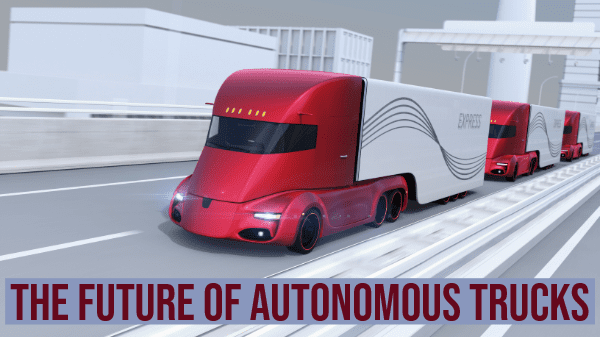While the technology behind autonomous trucking is certainly moving forward and has major proponents, there are many challenges and years—with estimates from as soon as three to five or upwards of ten or fifteen—before such trucks become commonplace on roadways.
And investors can’t even think about garnering public support for such an endeavor without getting those within the transportation and logistics sector fully on board first.
“On the technical side, they’ve proven they can do it,” said Kevin Small, founder and CEO of Agri-Fresh Inc., BB #:342499 a produce hauler based in Lockport, MB.
“We’re going to see bits and pieces develop around us in the next five years,” he predicts. “From there, it gets foggy. I think in the next ten years it will be a real part of our business.”
Kenny Lund, vice president of support operations for Allen Lund Company, LLC, BB #:107465 based in La Canada, near Los Angeles, agrees, citing both the potential of the technology and its limitations.
“It’s pretty much there for the highway—but not for the city,” he said.
Jimmy DeMatteis, president of Des Moines Truck Brokers, Inc. BB #:108946 in Des Moines, IA, concurs.
“It’s already come a long way, but I think we’re at least ten to fifteen years away from seeing it in regular use.”
Roadway Realities
While there may be disagreement about precisely when self-driving trucks will be seen regularly on the road, and whether this will be limited to only multilane interstate stretches or highways, the notion that it will be phased in over time draws agreement.
Steve Viscelli, a sociologist at the University of Pennsylvania who studies work, labor markets, and public policy related to freight transportation, automation, and energy, foresees automated trucking for long-haul deliveries on highways occurring within three to five years—on mapped and approved roads and with restrictions on the times of day when trucks can operate.
“I don’t think it’s crazy to think we’re that far out from it,” he said.
It’s certainly easier to imagine automated trucks driving on great expanses of open highway when there is light traffic, but it’s tougher to envision how they could operate in the close quarters of cities and suburbs.
The complexity of the environment, according to Viscelli, is a significant hurdle.
“When you consider the operational questions, you have to solve in a city—pedestrians, cyclists, cars, roadwork, the geography, tight corners—it’s way more complex.”
DeMatteis agrees and notes that it may prove particularly difficult for the fresh produce industry, where facilities are often housed in tight locations with little room for maneuvering. Even the most experienced drivers dread certain loading docks.



